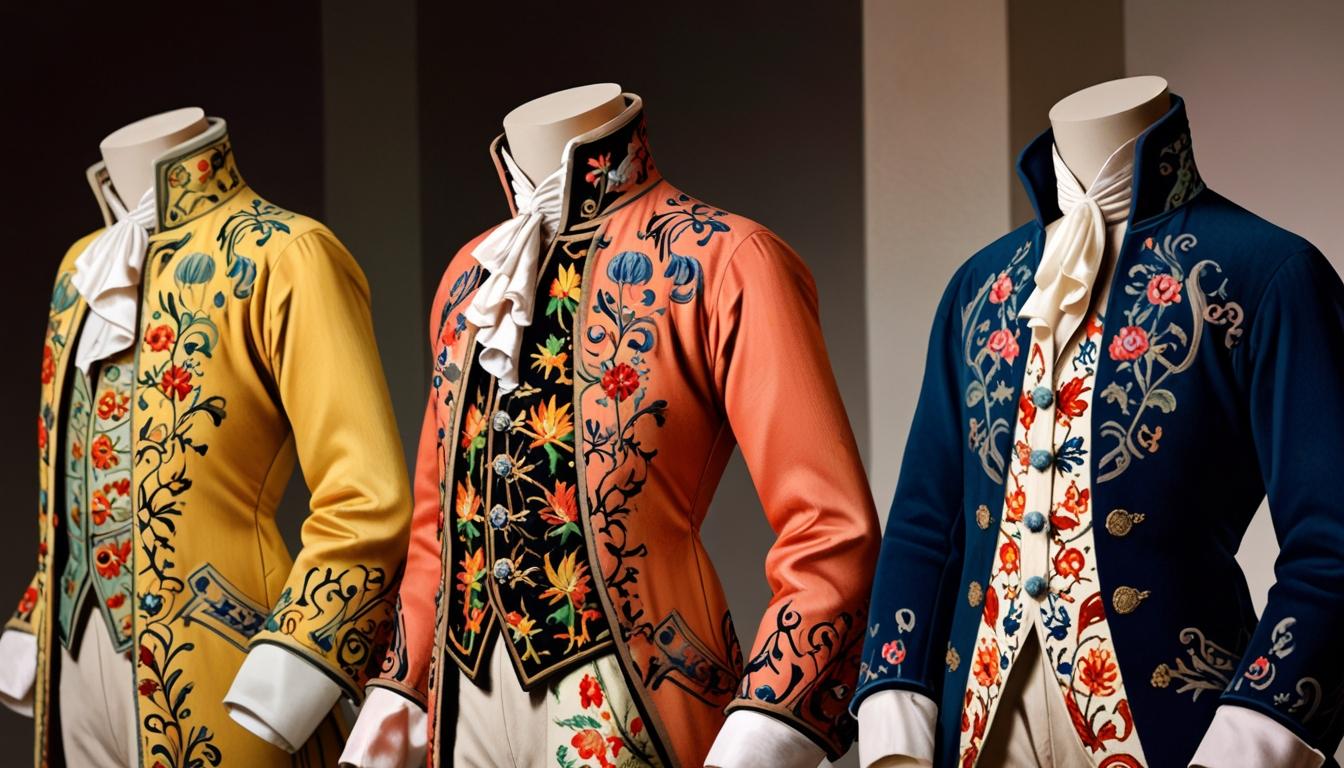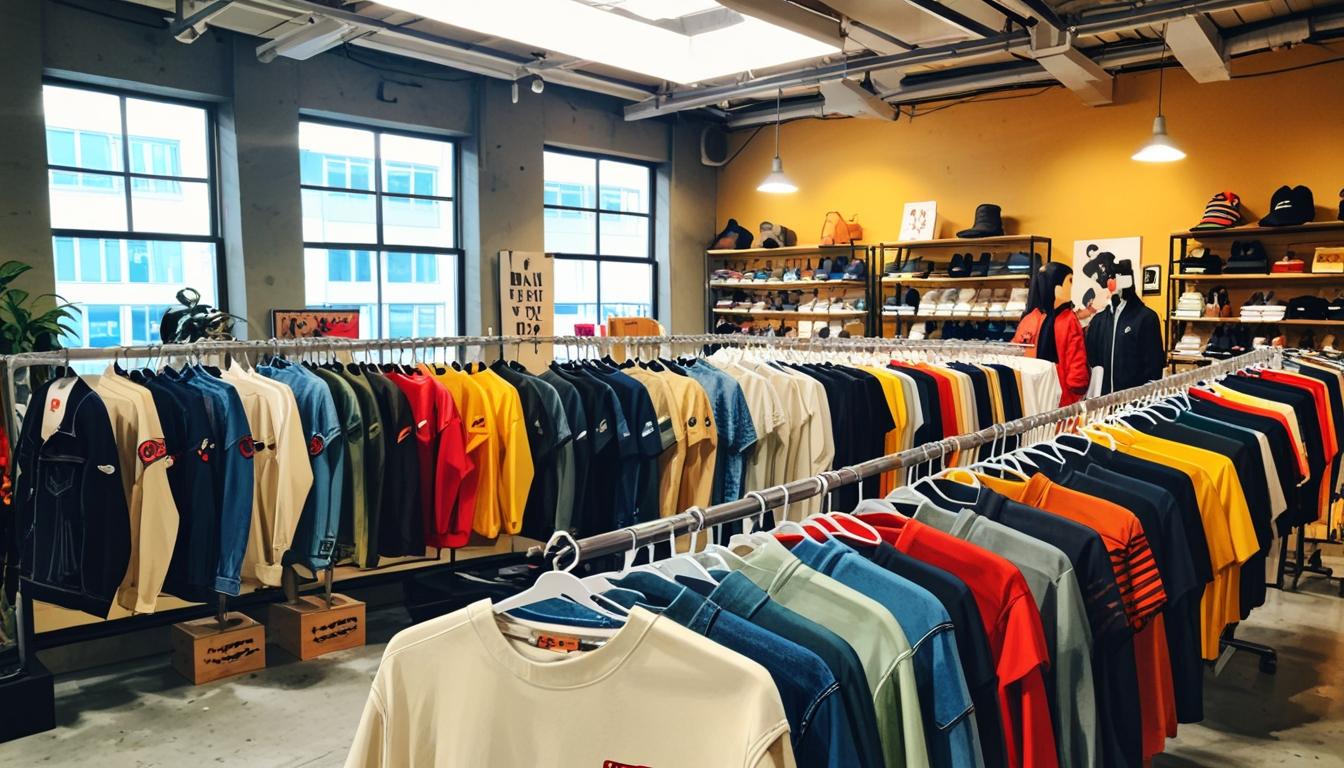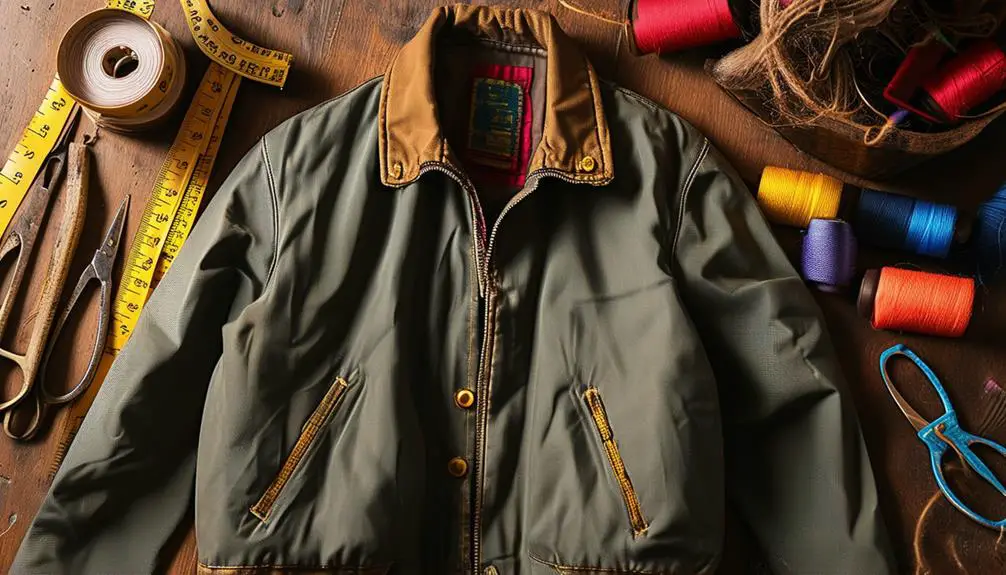The exhibition highlights the vibrancy and creativity of Dutch men’s clothing during a historically rich period, contradicting common perceptions of the era.
A new exhibition titled “Suit Yourself” has opened at the Rijksmuseum in Amsterdam, highlighting Dutch men’s fashion from 1750 to 1850. This presentation features an array of ornate garments, including jackets, vests, and dressing gowns, all crafted from luxurious silks and velvets, embellished with intricate floral embroidery and adorned with eye-catching buttons. Despite the rich and flamboyant aesthetic of this era, Dutch fashion is often overshadowed by the more subdued attire of the preceding century.
Curated by Vanessa Jones, the exhibition marks her debut at the Rijksmuseum since taking over from Bianca du Mortier, who retired after a lengthy 43-year tenure. Originating from Britain and previously engaged at the Leeds Museums and Galleries, Jones aims to shed light on the creativity exhibited by Dutch designers during a period when most Europeans were looking to Italy for fashionable inspiration. “I really wanted to show that the Dutch were incredibly creative during that time and did their own thing,” she stated in an interview. “This is not what the Dutch are known for at all. When people think of Dutch fashion, they only think of the sober, black clothing from the seventeenth century.”
The exhibition displays the eclectic influences shaping Dutch fashion, derived from the global reach of the Dutch East India Company (VOC). Items on display include a vest adorned with floral motifs inspired by Indian palempore textiles and long dressing gowns with kimono-style sleeves reflecting Japanese aesthetics. A particularly notable piece is a vibrant red jacket enriched with Turkish designs, traditionally worn in rural areas, emphasizing the preservation of clothing beyond the urban elite.
Jones discovered surprises within the museum’s archives, showcasing the innovative spirit of Dutch fashion designers. Among them is a distinctive blue jacket incorporating cardboard to elongate the torso’s appearance and a cotton vest woven with silver thread to mimic the look of silk. “I’ve honestly never seen anything like that before,” she remarked, highlighting the ingenuity of the designs.
The exhibition also explores the gradual transformation of fashion over the century, contrasting it with the rapid turnover of trends in contemporary society. Significant historical events, such as the French Revolution, led to a shift toward more subdued styles, marking a departure from the vibrant floral prints characteristic of earlier designs. The focus shifted to more subtle indicators of wealth, including the addition of an unnecessary second row of buttons on vests.
The rise of the Industrial Revolution in the nineteenth century brought about a shift in fabric production, with machine embroidery and weaving becoming more commonplace. Consequently, clothing transitioned from bespoke tailor-made pieces to ready-to-wear items available in department stores, broadening the variety and accessibility of fashion.
An intriguing aspect of the exhibition is the emphasis placed on the repairs and alterations evident in many of the garments. For instance, a hand-painted silk vest has been upcycled from a women’s dress, showcasing a repurposing trend driven more by necessity than ethical considerations. Jones highlighted the historical significance of textiles, noting, “Even if you were tremendously wealthy, you might not have had fifty pieces of clothing. More like ten. How times have changed.”
“Suit Yourself” will be on display at the Rijksmuseum until March 15, 2026, offering visitors a deep dive into the nuanced world of Dutch fashion during a visually rich and historically significant period. For more details, visitors can access the museum’s website.
Source: Noah Wire Services




